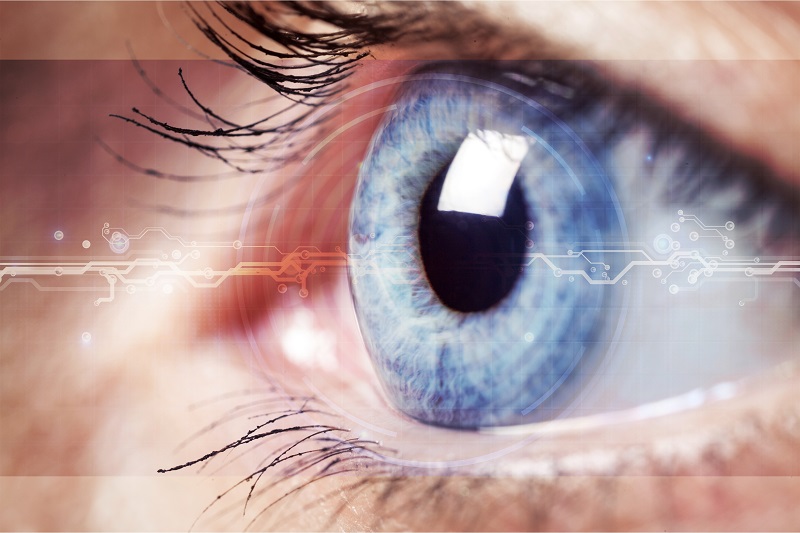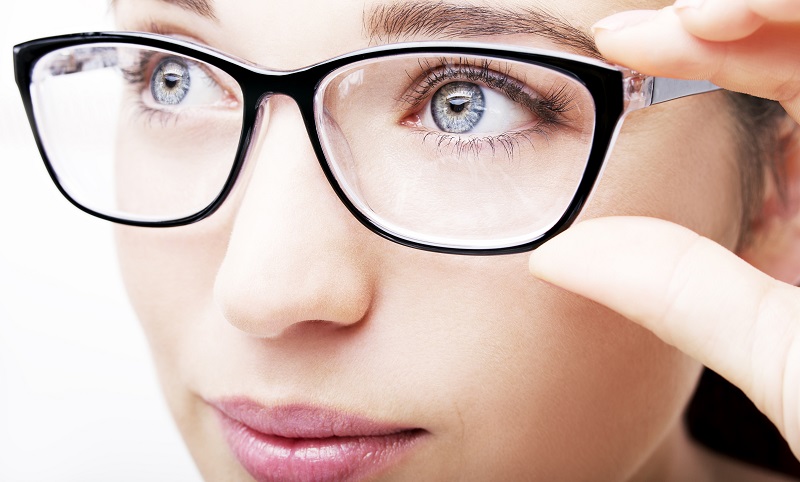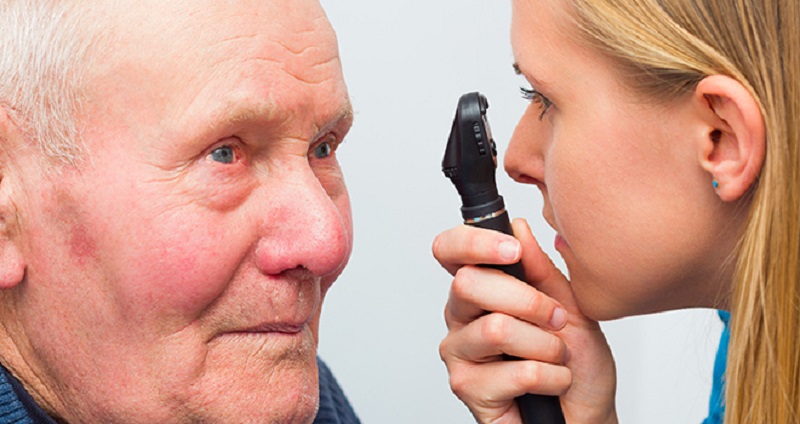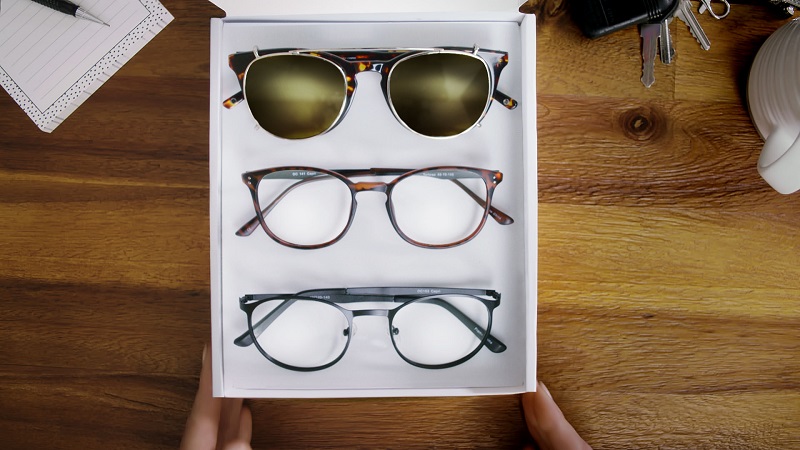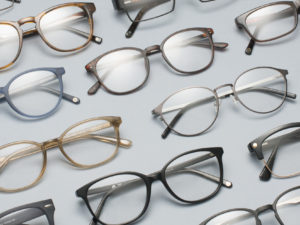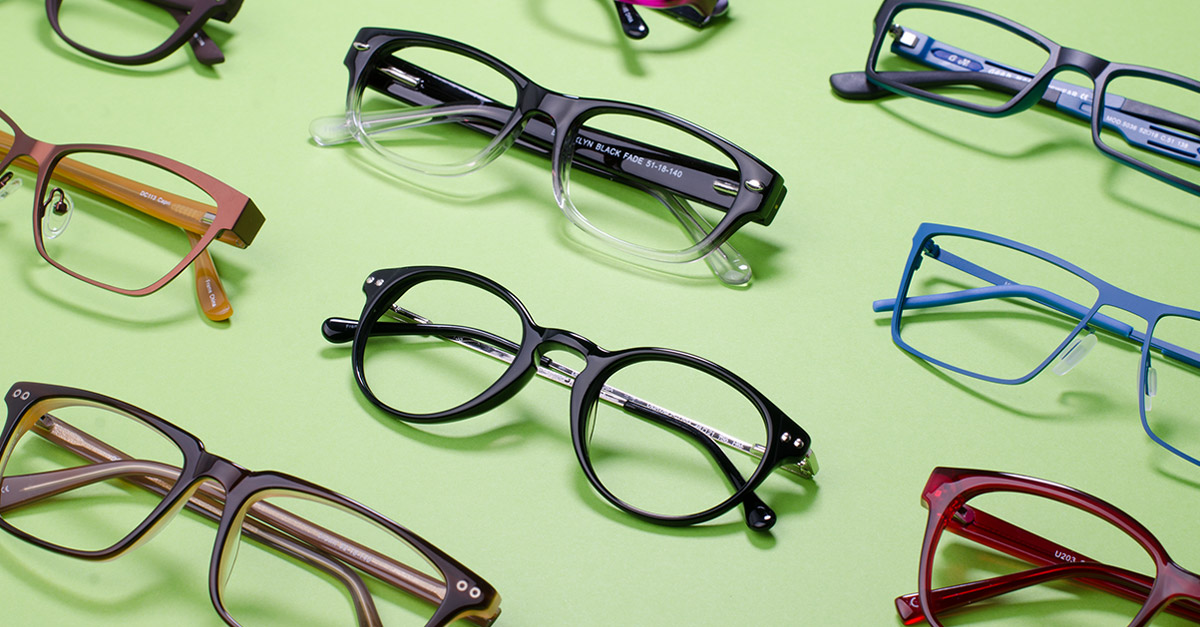Many common eye conditions are corrected by wearing prescription eyeglasses: Single-vision, multifocals, contact lenses and other variations. However, some conditions require a different type of treatment. Such is the case of cataracts.
Cataracts is the most common cause of visual impairment and blindness around the world. From a ‘closer to home’ perspective, there are over 23 million Americans affected by cataracts today. By 2020, projections suggest there will be more than 30 million Americans with cataracts.
A cataract is a clouding of the eye’s lens, which leads to decreased vision. It can affect one or both eyes, and can sometimes lead to complete loss of vision if not treated on time.
Common Causes of Cataracts
There isn’t one sole factor that leads to a cataract being formed. As with many conditions, it has a lot to do with aging: The protein on the eye’s lens can clutter to form a cloud – initially on a small area of the lens, and later into something larger, making it more difficult to see.
There isn’t an agreement among researchers about why the eye’s lens change as we grow older. One theory suggests that cataracts is caused by oxidative change, pointing to nutrition as the source of it all. Besides aging, researchers have identified a number of factors associated with the development of cataracts. Here are five of the more common:
● Exposure to UV radiation without protective eyewear
● Diabetes
● Obesity
● Smoking
● Prolonged use of steroids
As mentioned above, an unhealthy lifestyle and eating habits play a big part in the development of cataracts. Other less common causes include alcohol consumption in large quantities and even degenerative myopia (nearsightedness).
Symptoms of Cataracts
The type of cataracts determines the symptoms that appear.
Types of cataracts include subcapsular cataract, which appears on the back of the lens, and is associated with diabetes and steroid use; nuclear cataract, which appears on the center of the lens, and is commonly associated with aging.
In general, a cataract starts out small with little to no effect on your vision. As it develops, you may notice slightly blurry vision or as if looking through slightly dirty glass.
Another common symptom is sources of light (sunlight, lamps) appearing too bright or with a lot of glare. This is especially noticeable during nighttime driving, as oncoming headlights generate more glare than before. Colors not appearing as bright as before is another symptom.
While eyewear isn’t a form of treatment for cataracts, as long as the symptoms are mild, your vision can be improved by getting a new pair of prescription glasses, whether single vision or multifocals. If the cataracts develop into something that seriously impairs your vision, surgery will be the only way to treat it.
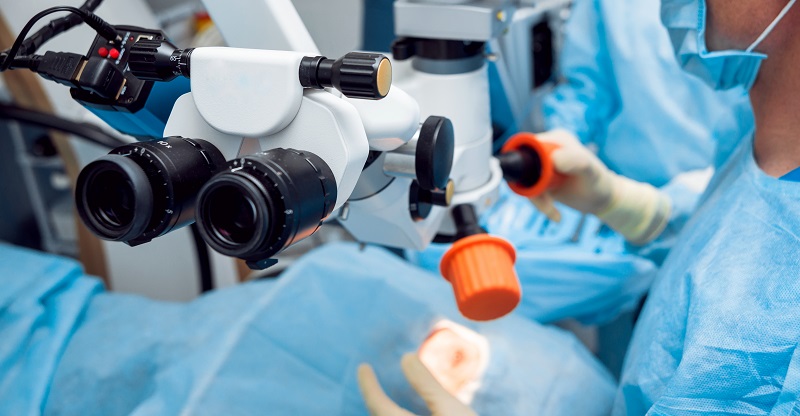
Cataract Surgery & IOLs
Treatment is performed by cataract surgery, which is a relatively simple procedure widely used in the United States and worldwide. Close to 4 million cataracts surgeries were performed in the USA alone in 2015 and over 20 million worldwide.
The surgery involves the removal of the damaged lens and replacing it with an intraocular lens, or more widely known as an IOL. The IOL is made out of soft, foldable materials such as silicone and acrylic, providing the same focusing function as in a natural crystalline lens.
In the past, IOLs only provided vision correction for distance, but there are new IOLs constantly in development, also providing vision correction for Presbyopia and even protection against UV light or blue light.
Glasses After Cataract Surgery
As mentioned before, some IOLs are only good for correcting nearsightedness. In those cases, after the cataract surgery it is quite common to get a pair of reading glasses. If the case is presbyopia, which is age-related and is a difficulty to focus on close objects, getting multifocals (eyeglasses with progressive lenses or bifocals) is a recommended solution.
Preventing Cataracts
Right off the bat, it’s worth mentioning that there is a bit of controversy on whether cataracts can even be prevented. And yet, studies over the years have shown that a healthy lifestyle and especially diet can help prevent the development of cataracts.
Wearing sunglasses from a young age whenever you’re outside helps avoid the effects of UV radiation. Quitting or never starting smoking is great for the eyes and your overall health. And foods that are rich in vitamin E, carotenoids, vitamin C and omega-3 fatty acids are believed to reduce the risk of developing cataracts and other eye conditions, contributing to your overall eye health.
